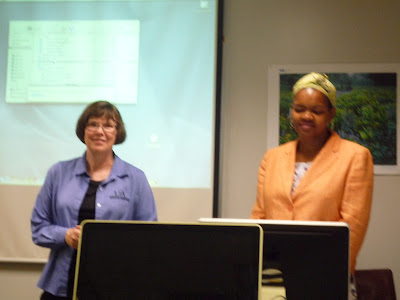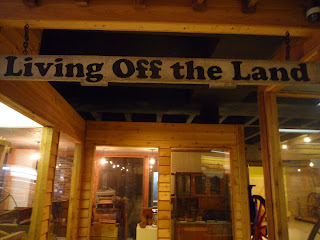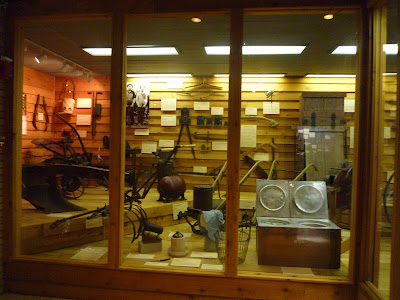I go to market every week, but this is my first went to ASU Farmers' Market. So excited!
.
 The ASU Regional Farmers' Market is a
non-profit entity for the purpose of developing and operating a locally owned
and operated farmers' market in Jonesboro and the surrounding area. This was
created to give the small farmer, craftsperson, and plant grower a local
marketplace for their products, as well as to provide the community access to
its own local growers and craftspeople.
The ASU Regional Farmers' Market is a
non-profit entity for the purpose of developing and operating a locally owned
and operated farmers' market in Jonesboro and the surrounding area. This was
created to give the small farmer, craftsperson, and plant grower a local
marketplace for their products, as well as to provide the community access to
its own local growers and craftspeople.
Buy Local
Food grown locally is
fresher, more nutritious and tastes better.
- Most produce travels an
average of 1500 miles before it lands on your plate.
- Local vegetables and fruit
are bred for flavor, not for their ability to hold up in
transit.
- Buying local food is better
for community. When you purchase local food you are keeping your money
circulating in your community and also maintaining green space & rural
character by sustaining family farms.
- Small and mid-size farms
generally use sustainable agricultural practices safeguarding the quality of our
water and soil. Consider how much fuel it takes to truck produce and goods from
another country to Arkansas as well as the pollution emitted in the
process!
- When you buy locally you're
providing small farmers with a stable market and fair price for their products.
- Buying from local food
sources provides personal security in having access to food you trust and
security for your community in helping it become more
sustainable.
Expected items:
Locally Grown: tomatoes -green & ripe, cherry
tomatoes, plants, flowers, lettuce, potatoes, zucchini, yellow squash, egg
plant, , raspberries, blackberries, Culp honey, Nine Oaks Beef, Once upon a Farm
pork, farm fresh eggs, onions, lettuce, greens, apples, green beans, peas,
melons, cucumbers, broccoli, cauliflower, cabbage, beets, fresh ground coffee,
fresh baked bread, baked goods, fried pies, and handmade crafts -- aprons,
jewelry, artwork, willow furniture, pens, and much more!!




























































